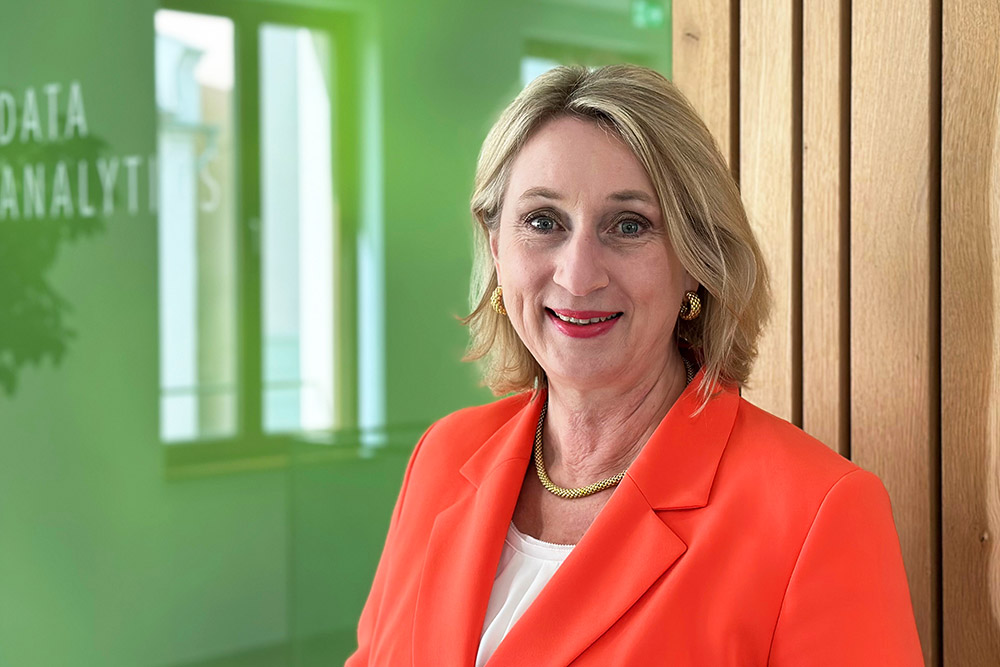
Prof. Dr. Diane Ahrens
Supply Chain Management, Planning & Design Einkauf und Beschaffungslogistik Produktions- und Distributionslogistik Unternehmensplanspiele Strategieentwicklung Internationales Management
Professorin
Beauftragte für die Gleichstellung von Frauen in Wissenschaft und Kunst der Fakultät AWW, Leitung Technologie Campus Grafenau
Sprechzeiten
Montags, 13.30-14.30 Uhr (A205). Bitte vorherige Anmeldung per E-Mail.
Projekte
Mehrere, z.B. Industrie 4.0 Werkstatt Bayerischer Wald, MeDiLand, Digitales Dorf
Labore
Technologie Campus Grafenau
Kernkompetenzen
Supply Chain Management, Einkauf und Logistik Automatisierung von Planungs- und Steuerungsprozessen in Beschaffung und Produktion Strategieentwicklung Digitalisierung im ländlichen Raum
Vita
Prof. Dr. Diane Ahrens studierte Betriebswirtschaftslehre an der Universität Passau, an der sie auch zum Dr. rer. pol. promovierte (2000). Industrieerfahrung im Bereich Einkauf und Logistik sammelte sie zunächst als Fachreferentin, später als Direktorin der Abteilung Policies and Programs der Zentralstelle Global Supply Chain and Procurement der Siemens AG in München. Sie kann auf Lehr- und Forschungserfahrung in China, Ungarn, Russland, Indien und Australien zurückblicken. 2003 wurde sie an die Hochschule Hof als Professorin für Internationale Unternehmensführung und Logistik sowie 2009 an die Technische Hochschule Deggendorf berufen. Neben ihrer Lehre leitet sie dort am Technologie Campus Grafenau ein 50-köpfiges Forschungsteam, spezialisiert auf Digitalisierung und Künstliche Intelligenz, das unter anderem drei der fünf digitalen Modelldörfer in Bayern betreut.